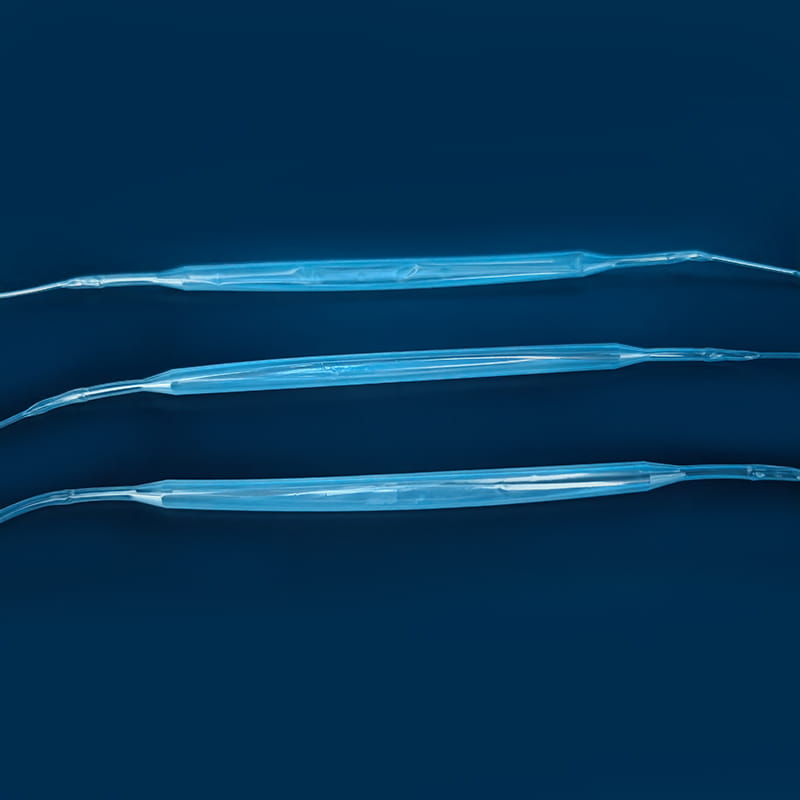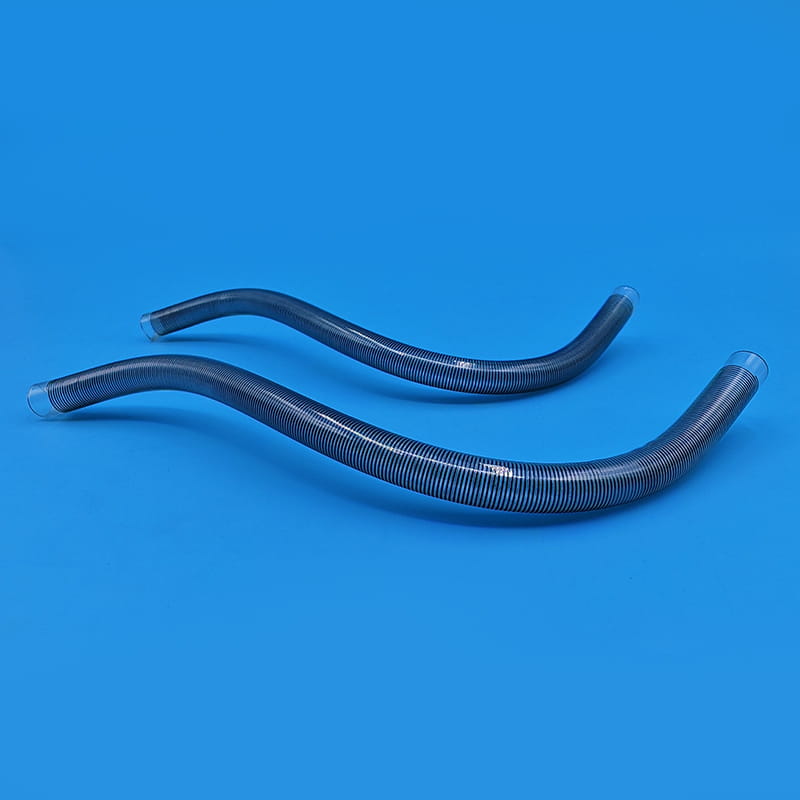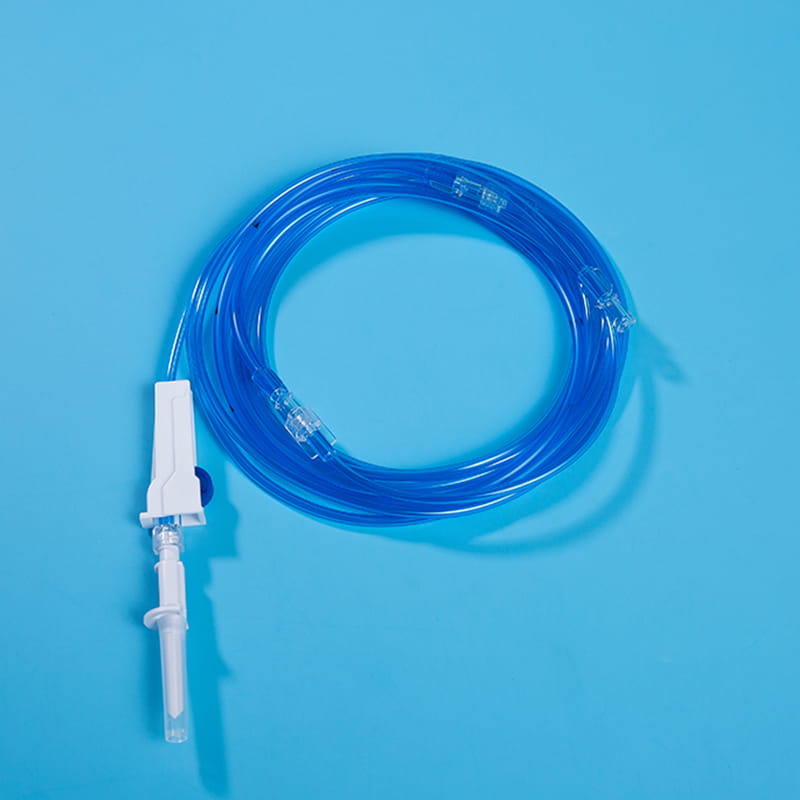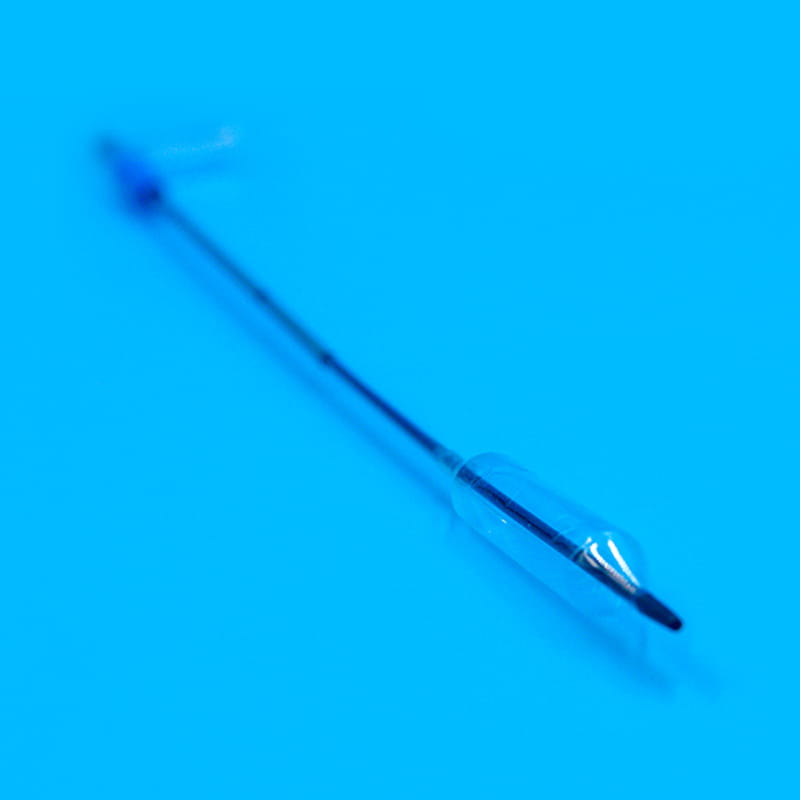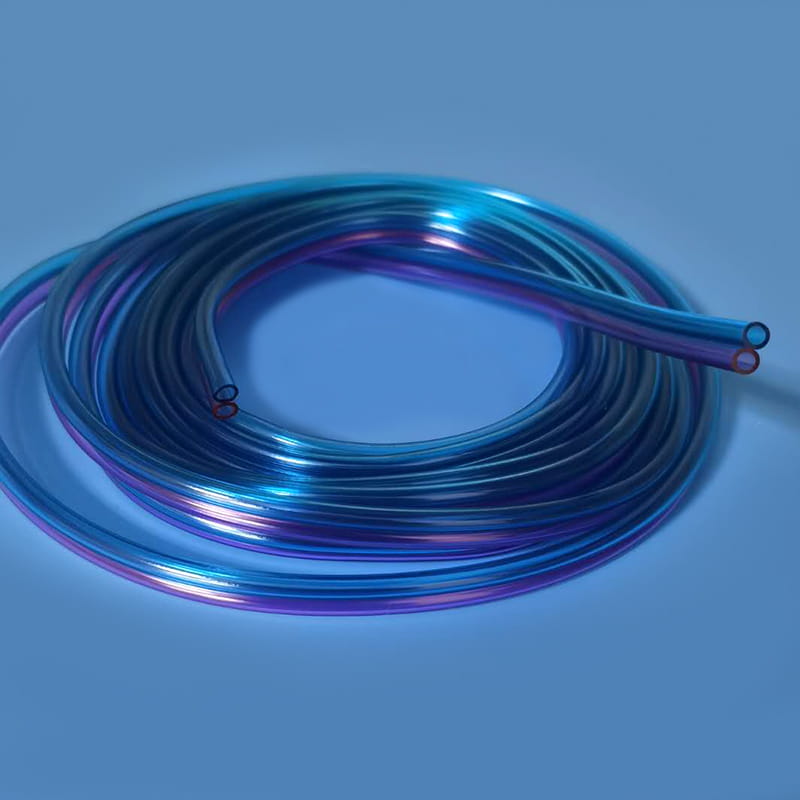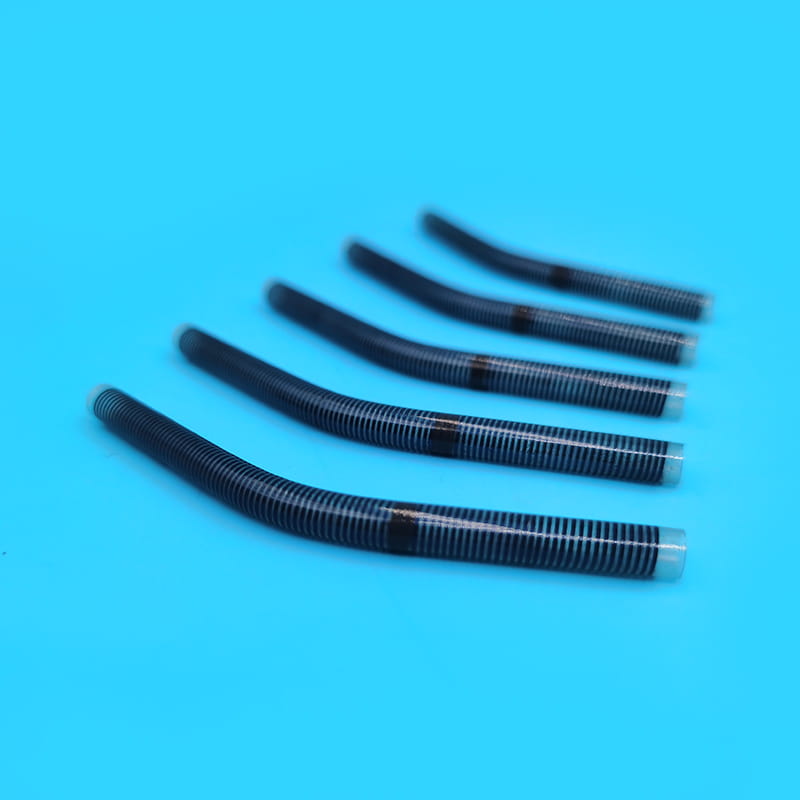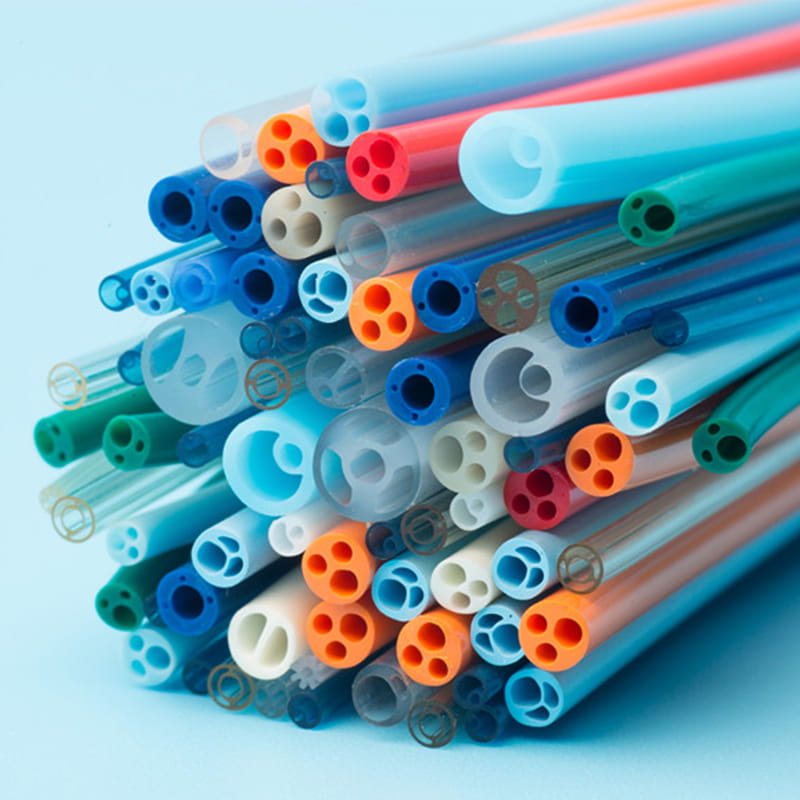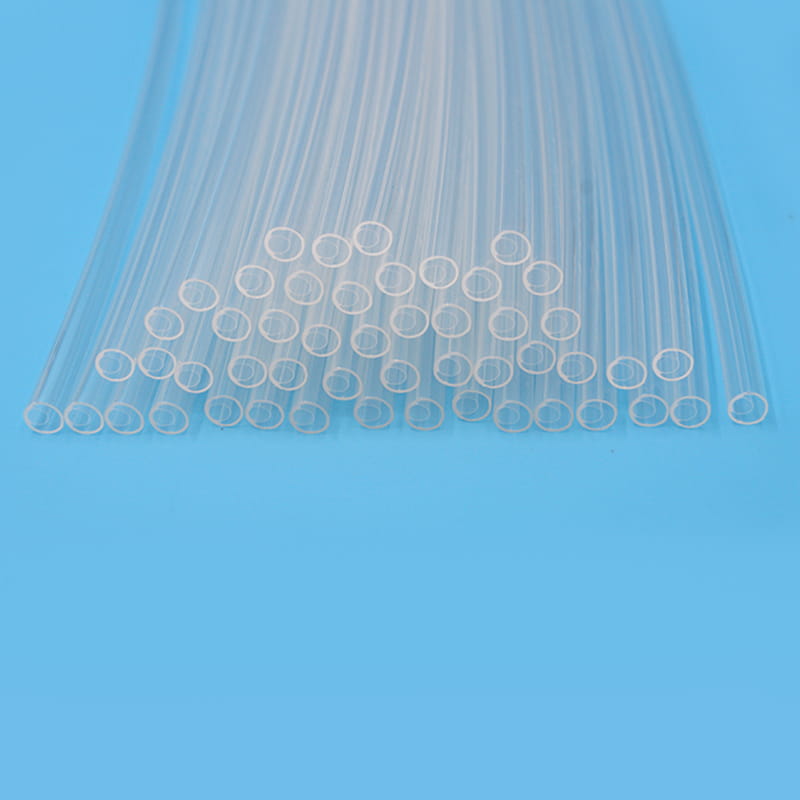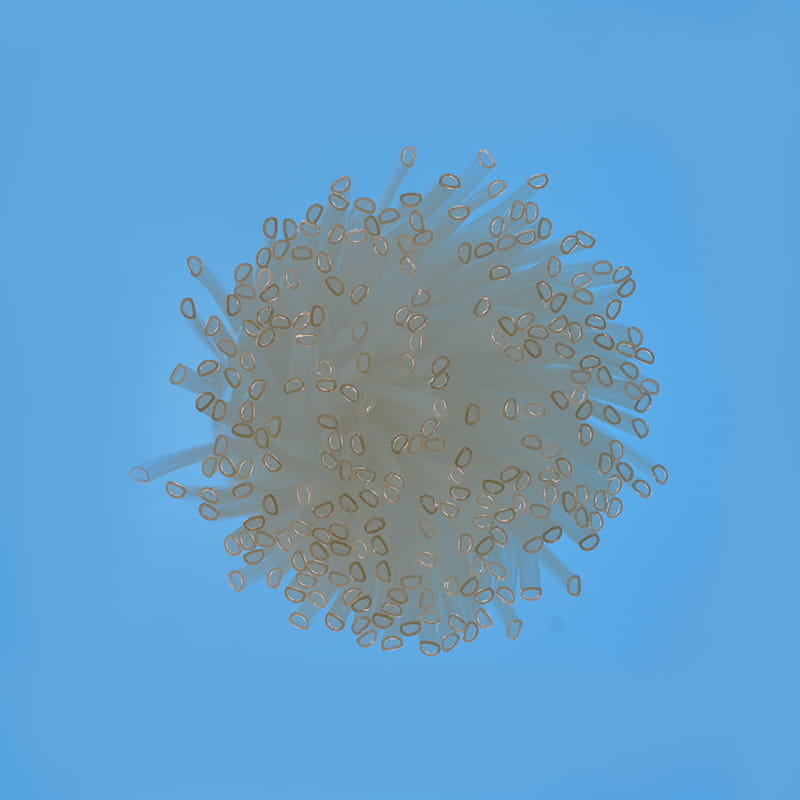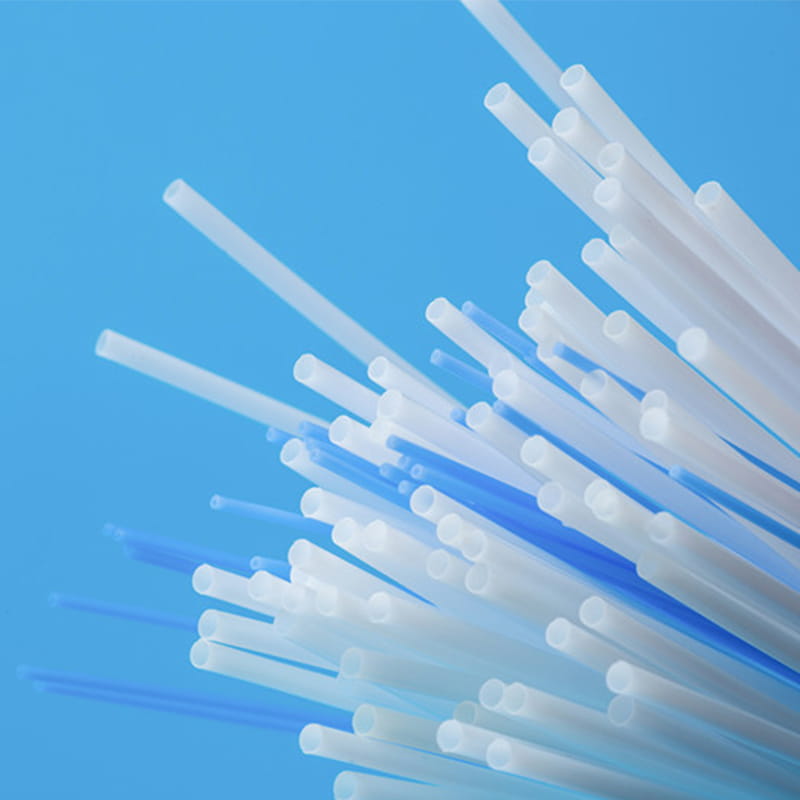How the medical precision catheter sheath redefines surgical accuracy?
In the ever-evolving field of medical technology, precision and safety are paramount. Among the innovations transforming minimally invasive surgeries, the medical precision catheter sheath stands out as a pivotal tool, ensuring that interventional procedures are conducted with unparalleled accuracy and control. With healthcare professionals continuously seeking devices that reduce procedural risk while enhancing patient outcomes, this sophisticated medical instrument has become increasingly indispensable.
Unmatched Precision in Minimally Invasive Procedures
The core strength of a medical precision catheter sheath lies in its ability to offer exacting guidance during catheter insertion. Unlike traditional sheaths, which may be prone to friction or limited maneuverability, precision-engineered sheaths are designed for smooth navigation, allowing surgeons to access intricate vascular pathways with confidence. This level of control is crucial in interventional cardiology, neurovascular procedures, and peripheral vascular surgeries, where even minor deviations can have significant clinical implications.
Healthcare practitioners have increasingly recognized the importance of radiopaque catheter sheaths, which allow real-time imaging during procedures. By enhancing visibility under fluoroscopy, these sheaths provide a dual advantage: ensuring precise placement while reducing the likelihood of vascular trauma. This integration of design and imaging technology underscores the sheath’s role not merely as a conduit for catheters but as a critical tool for procedural accuracy.
Optimized Material Design for Enhanced Performance
The performance of a medical precision catheter sheath is heavily influenced by its material composition. Advanced sheaths often utilize biocompatible polymers such as polyurethane, known for their durability, flexibility, and resistance to kinking. Such material choices allow the sheath to navigate complex anatomical structures while maintaining structural integrity. Additionally, hydrophilic coated catheter sheaths have emerged as a preferred option, as they significantly reduce insertion friction, improving both procedural efficiency and patient comfort.
Flexibility is another essential feature. Catheter sheaths must conform to the body’s natural curves without compromising control. Precision-engineered designs achieve a balance between stiffness and pliability, ensuring that surgeons can maneuver devices safely through tortuous vascular pathways. This property is particularly valuable in endovascular procedures, where delicate vessels demand both stability and gentle navigation.
Safety and Sterility Standards
Patient safety is the non-negotiable cornerstone of any medical intervention. The medical precision catheter sheath is manufactured under strict sterilization protocols to prevent infection and ensure single-use reliability. Many sheaths are FDA-approved and comply with international standards, providing hospitals and surgical centers with devices that meet rigorous safety benchmarks. Sterile, single-use designs not only reduce infection risk but also streamline surgical workflow, allowing healthcare teams to focus entirely on patient care.
Additionally, the inclusion of latex-free catheter sheaths addresses the growing concern over allergic reactions, while anti-microbial coatings further enhance the safety profile. Together, these innovations reinforce the sheath’s position as a critical component of a safe, high-precision surgical environment.
Reducing Procedural Complications
One of the significant advantages of the medical precision catheter sheath is its contribution to lowering procedural complications. By facilitating smooth insertion and precise catheter placement, these devices reduce the risk of vascular injury, bleeding, or inadvertent catheter displacement. Surgeons benefit from enhanced tactile feedback and control, which translates directly into better patient outcomes.
Furthermore, precision sheaths enable minimally invasive surgery to reach new levels of efficiency. Patients experience reduced recovery times, less post-operative discomfort, and shorter hospital stays, all while maintaining the standards of care. In this sense, the sheath is not just a tool—it is a key enabler of modern, patient-centric interventional medicine.
Technological Innovation Driving the Industry
The development of the medical precision catheter sheath exemplifies how technological innovation drives clinical advancement. Modern designs incorporate features such as tapered tips for smooth vascular entry, kink-resistant structures for reliable navigation, and enhanced radiopacity for imaging clarity. These advancements collectively transform the way surgeons approach complex procedures, allowing for a more controlled, predictable, and efficient workflow.
Innovation also extends to ergonomics. Contemporary sheaths are designed to improve handling, reduce operator fatigue, and integrate seamlessly with other interventional devices. By emphasizing both functionality and usability, manufacturers ensure that medical professionals can achieve the levels of procedural precision without compromise.
Expanding Applications Across Specialties
While the medical precision catheter sheath is commonly associated with cardiology and endovascular procedures, its utility spans multiple medical specialties. Neurosurgery, urology, and interventional radiology all benefit from precision-engineered sheaths that facilitate access to delicate anatomical structures. In each context, the device’s durable, biocompatible design and smooth navigation properties contribute to safer, more effective interventions.
Moreover, the adaptability of these sheaths makes them suitable for a range of patient populations, from pediatric to adult cases. Customization options, such as sheath diameter and length, further expand their applicability, allowing clinicians to select the tool for specific procedural requirements.
The Future of Precision Catheter Sheaths
Looking ahead, the evolution of the medical precision catheter sheath will continue to align with broader trends in minimally invasive medicine. Ongoing research in materials science, imaging compatibility, and ergonomic design promises to enhance both the performance and safety of these devices. Integration with digital surgical planning tools and real-time feedback systems may further refine their precision, offering clinicians levels of control.
Ultimately, the sheath represents more than a medical instrument—it embodies a philosophy of precision, safety, and innovation. By enabling surgeons to perform complex procedures with confidence and efficiency, it exemplifies the future of patient-centered interventional care.
Conclusion
The medical precision catheter sheath has redefined what is possible in minimally invasive surgery. Its combination of high-precision guidance, smooth insertion, biocompatible materials, and robust safety standards ensures that healthcare providers can deliver outcomes with minimal risk. As surgical techniques continue to advance, precision catheter sheaths will remain a cornerstone of modern interventional medicine, empowering clinicians and improving patient care across multiple specialties.
For more information, please call us at +86-18913710126 or email us at [email protected].
A medical balloon catheter is a sophisticated medical device designed to perform a variety of proced...
Introduction The TPU Reducer Tube (Thermoplastic Polyurethane Reducer Tube) is a versatile and high-...
In modern medicine, medical catheters are indispensable tools used in a wide range of treatments and...
In the healthcare industry, the importance of selecting the right materials for medical devices cann...
In the era of precision medicine, a small tube often carries the weight of life-saving responsibilit...
In modern healthcare, precise fluid management is crucial for patient safety and treatment efficacy....


